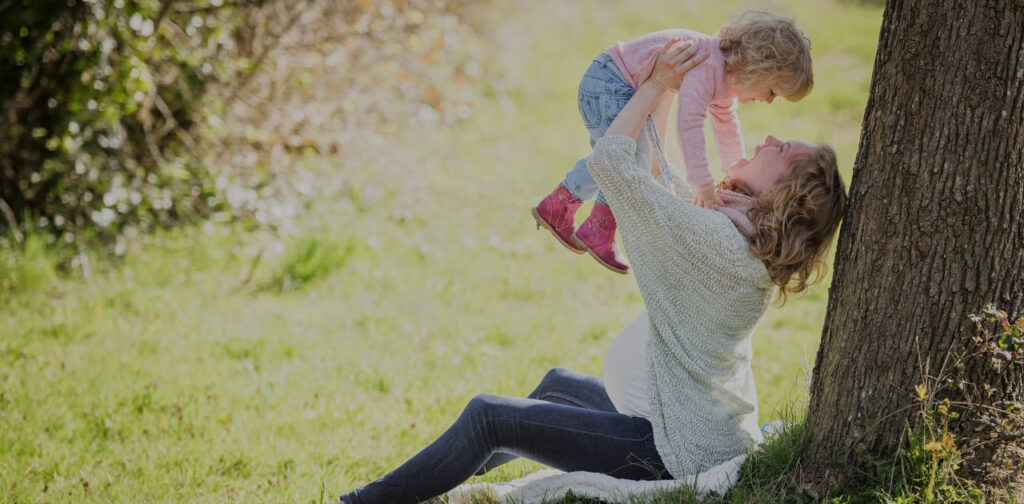
✨ Introduction:
“When we choose connection over control, discipline becomes a moment of growth — not punishment.”
Parenting isn’t just about shaping behavior — it’s about shaping hearts. In today’s overstimulated world, it’s easy to default to shouting, punishing, or withdrawing when our children misbehave. But what if there’s a better way? A way rooted in connection, not control?
Welcome to discipline that heals rather than harms — where mutual respect, calm presence, and emotional safety become the pillars of family life.
🌱 Why Traditional Discipline Often Falls Short
Many of us grew up with authoritarian discipline: time-outs, groundings, threats, and power struggles. It may have worked in the short term, but at what cost? Research now shows that punitive discipline may lead to:
- Increased anxiety and defiance
- Reduced trust between parent and child
- Emotional disconnection and shame-based obedience
This is not the foundation we want for our children’s inner voice.
Instead, we must discipline with the long-term goal in mind: raising emotionally intelligent, confident, and self-regulating humans,
💡 What Is Connection-Based Discipline?
At its core, connection-based discipline asks this vital question before every response:
“How can I connect with my child in this moment before I correct?”
This doesn’t mean letting go of boundaries. In fact, structure is essential. But when children feel emotionally safe, they are far more receptive to guidance and learning.
Let’s explore the building blocks.
🧠 The Brain Science Behind Connection
When children are dysregulated (tantrums, backtalk, aggression), they’re often in a fight, flight, or freeze state. The logical part of their brain — the prefrontal cortex — is offline.
Yelling or punishing in that moment only adds more stress, keeping them stuck in survival mode.
Connection-based discipline takes a pause. It recognizes the child’s emotional state and responds with empathy first, logic second.
This can look like:
- “I see you’re feeling really frustrated right now. I’m here.”
- “Let’s take a few deep breaths together. Then we can figure out what happened.”
Once calm is restored, we can teach skills, discuss consequences, and co-create solutions.
💬 Real-Life Scenario: Tantrum in the Grocery Store
Old Pattern: “Stop crying right now or we’re going home. You’re embarrassing me!”
Connection-Based Response:
“I know it’s hard to walk away without getting what you wanted. I’m here to help you calm down. Let’s breathe together first, then we can talk.”
The result? The child learns:
- Their feelings are valid, not shameful
- Their parent is a safe space
- They can develop inner tools to regulate
🛠️ Key Pillars of Connection-Based Discipline
1. Calm is Contagious
Before you respond to your child, check in with yourself. Are you calm enough to model emotional regulation? If not, pause. Walk away. Breathe.
2. Set Boundaries with Empathy
Firm limits can still feel kind.
“I won’t let you hit. I know you’re mad, and I’ll help you find a better way.”
3. Focus on Skill-Building, Not Punishment
Discipline isn’t just about consequences. It’s a chance to teach:
- Conflict resolution
- Problem-solving
- Emotional awareness
- Repair after mistakes
4. Offer Do-Overs
Let your child re-do a moment with your support. “Want to try asking your sister again using kind words?”
❤️ What Children Learn Through Connection-Based Discipline
- “I matter, even when I mess up.”
- “My emotions are safe to feel.”
- “There’s always a way to repair and reconnect.”
- “My parent is my guide, not my judge.”
This forms the basis of lifelong emotional intelligence and secure attachment.
📘 Want to Learn More?
If this approach resonates with you, our bestselling eBook “Discipline That Connects, Not Controls” offers a complete blueprint — including:
✅ Step-by-step discipline tools
✅ Gentle scripts to use in difficult moments
✅ Emotion regulation strategies
✅ Reflection prompts for healing your own childhood discipline wounds
🌿 “This eBook changed the way I see my child — and myself as a parent.” — Real NestledHeart Reader
💭 Final Thoughts
You don’t have to choose between being kind and being in charge.
You can be both: a strong, calm leader who guides with connection, empathy, and clear boundaries.
Every moment of misbehavior is a moment to either shame or shape. Let’s choose shaping — from a place of love, not fear.
Because discipline that connects, builds relationships that last.


